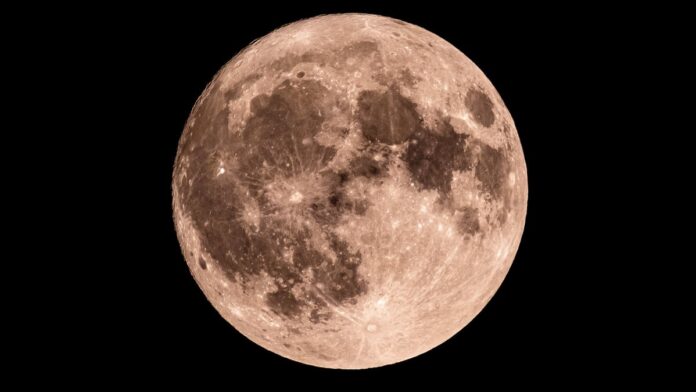Introduction to the Lunar Cycle
Ever wonder why the moon looks different every night? Well, that’s because of a thing called the lunar cycle. This is a recurring series of eight unique phases of the moon’s visibility. The whole cycle takes about 29.5 days, and these different phases happen as the Sun lights up different parts of the moon whilst it orbits Earth. The moon is always there, but what we see on Earth changes depending on how much it is lit up.
What’s Happening Tonight?
As of Tuesday, July 15, the moon phase is still in Waning Gibbous. The moon will be 77% visible to us tonight, according to NASA’s Daily Moon Observation. It’s day 20 of the lunar cycle, and here’s what you’ll be able to see when you look up. Without any visual aids, enjoy sights of the Oceanus Procellarum, the Copernicus Crater, and the Mare Vaporum. With binoculars, you’ll also spot the Clavius Crater, Alphonsus Crater, and the Mare Humorum. With a telescope, you’ll see all this and more, including the Apollo 14, Rima Hyginus, and the Schiller Crater.
Next Full Moon
The next full moon will be on August 9. The last full moon was on July 10. If you’re interested in moon-gazing, mark your calendars for the next full moon to get the best view of our lunar companion.
Understanding Moon Phases
Moon phases are part of a 29.5-day lunar cycle, caused by the angles between the sun, moon, and Earth. Moon phases are how the moon looks from Earth as it goes around us. We always see the same side of the moon, but how much of it is lit up by the Sun changes depending on where it is in its orbit. So, sometimes it looks full, sometimes half, and sometimes not there at all.
The Eight Main Moon Phases
There are eight main moon phases, and they follow a repeating cycle:
- New Moon: The moon is between Earth and the sun, so the side we see is dark (in other words, it’s invisible to the eye).
- Waxing Crescent: A small sliver of light appears on the right side (Northern Hemisphere).
- First Quarter: Half of the moon is lit on the right side. It looks like a half-moon.
- Waxing Gibbous: More than half is lit up, but it’s not quite full yet.
- Full Moon: The whole face of the moon is illuminated and fully visible.
- Waning Gibbous: The moon starts losing light on the right side.
- Last Quarter (or Third Quarter): Another half-moon, but now the left side is lit.
- Waning Crescent: A thin sliver of light remains on the left side before going dark again.
Conclusion
The lunar cycle is a fascinating process that affects how we see the moon from Earth. Understanding the different phases of the moon can enhance your appreciation for our celestial neighbor and encourage you to explore the night sky. Whether you’re using the naked eye, binoculars, or a telescope, each phase offers a unique view of the moon’s surface. So, next time you glance up at the moon, remember the lunar cycle and the constant change it brings to our view of the moon.

